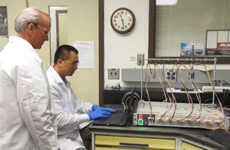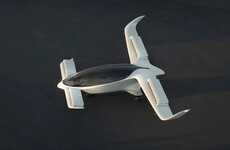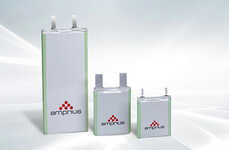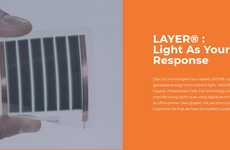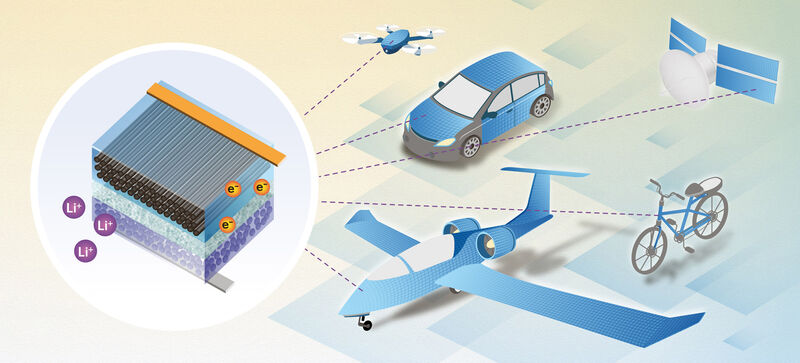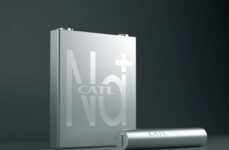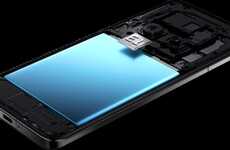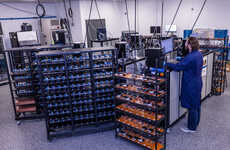
Chalmers University of Technology Researchers Had a Breakthrough
Researchers from the Chalmers University of Technology in Sweden have had a "big breakthrough" with a lightweight structural battery made of carbon fiber.
Developed for use in the design of aircraft, vehicles, and buildings, the innovation presents a hybrid and can be used both as a structural battery, also known as "massless energy storage," as well as a power source. This means that the need of using separate batteries in design is "reduced or potentially even eliminated."
The researchers used carbon fiber as the lightweight structural battery's negative electrode, which stores and releases lithium ions that create electrical energy. As a material, carbon fiber is extremely durable and versatile. According to Leif Asp, a professor at the university, "previous attempts to make structural batteries have resulted in cells with either good mechanical properties, or good electrical properties."
Image Credit: Marcus Folino, courtesy of Chalmers University of Technology, Yen Strandqvist
Developed for use in the design of aircraft, vehicles, and buildings, the innovation presents a hybrid and can be used both as a structural battery, also known as "massless energy storage," as well as a power source. This means that the need of using separate batteries in design is "reduced or potentially even eliminated."
The researchers used carbon fiber as the lightweight structural battery's negative electrode, which stores and releases lithium ions that create electrical energy. As a material, carbon fiber is extremely durable and versatile. According to Leif Asp, a professor at the university, "previous attempts to make structural batteries have resulted in cells with either good mechanical properties, or good electrical properties."
Image Credit: Marcus Folino, courtesy of Chalmers University of Technology, Yen Strandqvist
Trend Themes
1. Lightweight Structural Batteries - A breakthrough in using carbon-fiber as a structural battery, thereby eliminating the need for separate batteries.
2. Massless Energy Storage - This new innovation presents as a hybrid and can function both as a structural battery and a power source.
3. Versatile Material Batteries - The use of carbon fiber in building lightweight structural batteries creates disruptive innovation opportunities in multiple industries.
Industry Implications
1. Aerospace - Lightweight structural batteries can contribute to a significant weight savings in aircraft design.
2. Automotive - The elimination of separate batteries in vehicle design will have profound and disruptive innovation implications.
3. Architecture - The carbon fiber material could make structural batteries a viable option for buildings, offering self-sustainability and reducing maintenance.
4.1
Score
Popularity
Activity
Freshness



